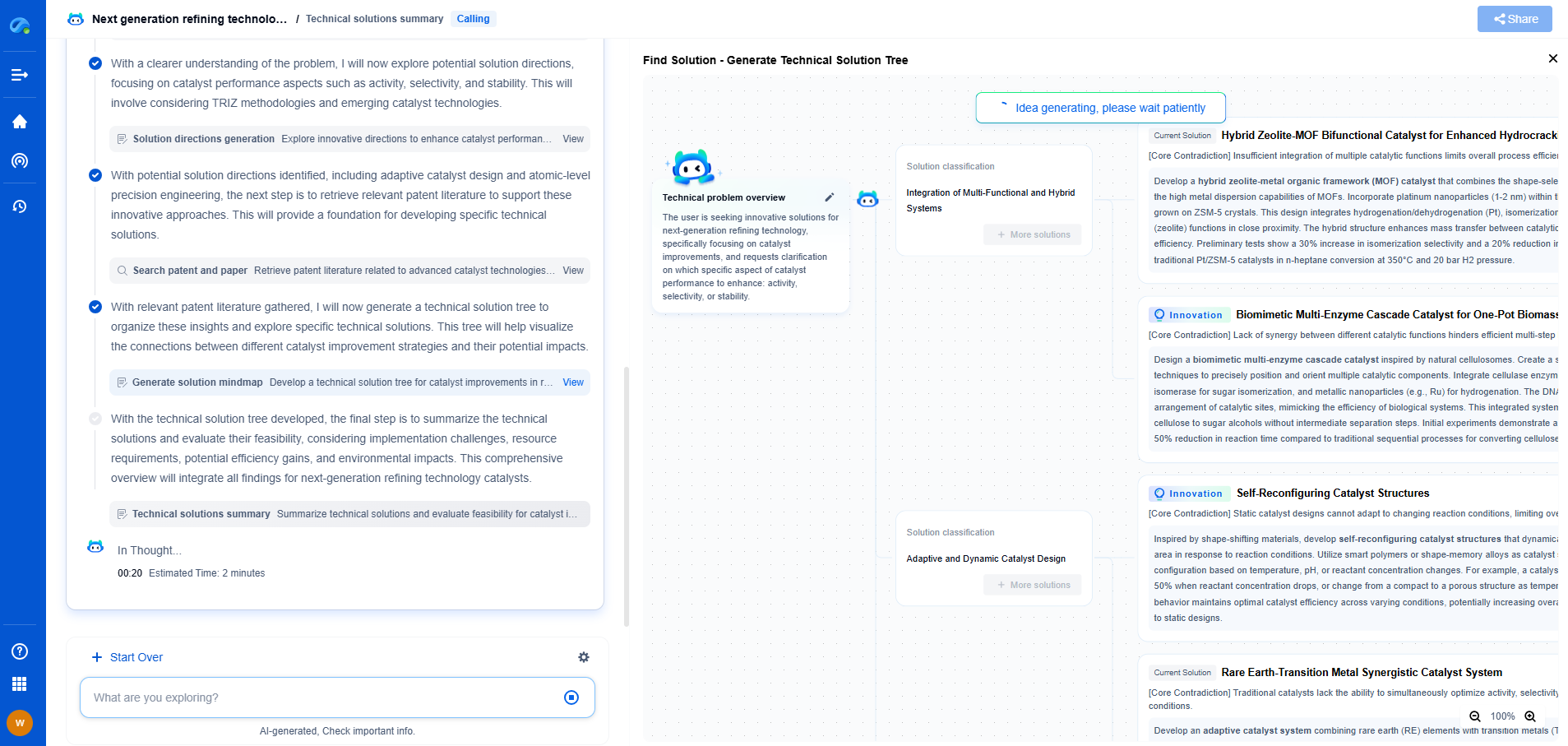Understanding JEDEC Memory Standards: DDR4, DDR5, LPDDR Explained
JUN 27, 2025 |
The JEDEC Solid State Technology Association, commonly referred to as JEDEC, plays a crucial role in the development and standardization of semiconductor memory technologies. Among the wide range of standards developed by JEDEC, the DDR (Double Data Rate) and LPDDR (Low Power Double Data Rate) memory standards stand out, primarily due to their widespread use in computing devices ranging from high-performance desktops to power-efficient mobile devices.
Understanding DDR4
DDR4, an abbreviation for Double Data Rate Fourth Generation, is a type of synchronous dynamic random-access memory (SDRAM) that was first introduced to the market around 2014. It marked a significant leap from its predecessor, DDR3, in several aspects:
1. **Increased Bandwidth and Performance:** DDR4 memory provides higher module density and data transfer rates, starting from 1600 MT/s and potentially reaching over 3200 MT/s in more advanced modules. This means quicker data access and improved performance, which is especially beneficial for demanding applications like video editing and gaming.
2. **Improved Power Efficiency:** With a standard voltage of 1.2V, DDR4 is more power-efficient than DDR3, which operates at 1.5V. This reduction in power consumption translates to less heat generation and lower electricity costs, making DDR4 a preferred choice for energy-conscious users.
3. **Enhanced Reliability and Capacity:** DDR4 introduced features such as CRC (Cyclic Redundancy Check) for improved data integrity and a higher capacity per module, which can go up to 64GB or more, allowing for better scalability in systems requiring large amounts of RAM.
Exploring DDR5
Following DDR4, DDR5 was officially released by JEDEC in 2020, setting new benchmarks in memory technology:
1. **Higher Speed and Capacity:** DDR5 boasts significantly higher speeds, starting at 4800 MT/s with plans to reach up to 8400 MT/s in the future. Additionally, DDR5 supports higher capacities, with modules scaling up to 128GB, facilitating even more demanding computing tasks without compromising on speed or efficiency.
2. **Further Power Efficiency Improvements:** Operating at 1.1V, DDR5 consumes less power than DDR4, continuing the trend towards energy efficiency. This makes it particularly suitable for data centers and other environments where power savings are a priority.
3. **Advanced Architectural Features:** DDR5 introduces dual-channel architecture within a single DIMM, effectively doubling the data channels available to the system. This, along with the addition of Decision Feedback Equalization (DFE) for improved signal integrity, enhances the overall performance and reliability of the memory.
Low Power Memory: LPDDR
While DDR memory is prevalent in high-performance computing, LPDDR (Low Power Double Data Rate) memory serves a different niche, focusing on mobile and battery-powered devices:
1. **Optimized for Power Efficiency:** LPDDR memory is designed with power conservation in mind, operating at lower voltages than its DDR counterparts. This makes LPDDR ideal for smartphones, tablets, and laptops where battery life is a critical factor.
2. **Generational Progression:** Just like DDR, LPDDR has evolved through several generations. LPDDR4 and the more recent LPDDR5 offer enhanced performance and reduced power consumption, ensuring that mobile devices can handle complex applications without draining the battery too quickly.
3. **Applications and Use Cases:** Beyond consumer electronics, LPDDR is increasingly used in automotive and IoT applications where compact size and energy efficiency are essential. Its ability to deliver high performance in a low power envelope makes LPDDR a versatile choice across various technological fields.
Conclusion
In the ever-evolving landscape of technology, JEDEC memory standards such as DDR4, DDR5, and LPDDR play a pivotal role in shaping the capabilities of modern electronic devices. Understanding these standards is crucial for anyone involved in technology, whether you're a consumer seeking the best performance for your needs, or a professional developing the next generation of computing innovations. As technology advances, we can expect JEDEC to continue setting the pace for memory developments, driving both performance and efficiency advancements.
Empower Your Breakthroughs in Basic Electric Components with Patsnap Eureka
From resistors, capacitors, and inductors to fuses, connectors, superconductors, and nano-scale materials—basic electric elements may be the building blocks of modern electronics, but the innovation behind them is anything but simple. As device miniaturization accelerates and materials science pushes new frontiers, R&D and IP teams face increasing complexity in staying on top of technical advancements, patent activity, and competitive landscapes.
Patsnap Eureka, our intelligent AI assistant built for R&D professionals in high-tech sectors, empowers you with real-time expert-level analysis, technology roadmap exploration, and strategic mapping of core patents—all within a seamless, user-friendly interface.
🔧 Whether you’re optimizing energy storage, improving thermal resistance, or creating the next leap in circuit efficiency, Patsnap Eureka is your AI copilot for high-efficiency, high-precision R&D and IP strategy.
👉 Experience how Patsnap Eureka can revolutionize your R&D and IP strategy. Request a demo today and power up your next breakthrough.
- R&D
- Intellectual Property
- Life Sciences
- Materials
- Tech Scout
- Unparalleled Data Quality
- Higher Quality Content
- 60% Fewer Hallucinations
Browse by: Latest US Patents, China's latest patents, Technical Efficacy Thesaurus, Application Domain, Technology Topic, Popular Technical Reports.
© 2025 PatSnap. All rights reserved.Legal|Privacy policy|Modern Slavery Act Transparency Statement|Sitemap|About US| Contact US: help@patsnap.com

